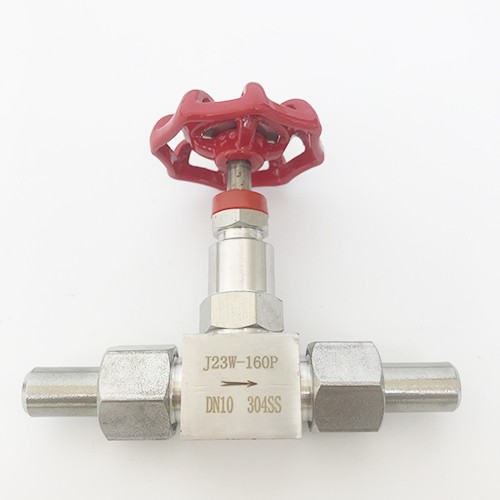Exploring the Functionality of BC Swing Check Valves in Fluid Systems
Understanding BC Swing Check Valves A Key Component in Fluid Systems
Swing check valves are essential components in various fluid handling systems, designed to allow the flow of fluid in one direction while preventing backflow. Among the different variants of check valves, BC swing check valves stand out due to their specific design and operational advantages.
What is a BC Swing Check Valve?
BC swing check valves are a type of valve that utilizes a hinged disc or flap that swings open to allow the flow of fluid and closes when the flow reverses, effectively preventing backflow. The 'BC' in BC swing check valves refers to a specific design or manufacturer classification, often associated with a certain range of pressure ratings and material compositions suited for diverse applications.
Operating Principle
The operating principle of a BC swing check valve is deceptively simple yet highly effective. When fluid flows in the intended direction, the pressure pushes the disc upwards, allowing the fluid to pass through the valve. Once the flow begins to reverse, the fluid's back pressure causes the disc to swing back and seat firmly against the valve body, thereby shutting off any reverse flow. This mechanism ensures that thebackflow is prevented, safeguarding the integrity and efficiency of the overall fluid system.
Material Considerations
BC swing check valves are manufactured from various materials, including cast iron, stainless steel, and PVC, depending on the application requirements. The choice of material not only influences the valve’s durability and resistance to corrosive environments but also affects its compatibility with different fluids. For instance, stainless steel valves are often preferred in corrosive environments, while PVC valves are popular in applications involving non-toxic fluids.
bc swing check valve

Applications of BC Swing Check Valves
BC swing check valves are widely used in numerous applications across various industries. Some common applications include
1. Water Treatment Plants They help prevent backflow in pipelines, ensuring clean water is delivered without contamination. 2. Chemical Processing Used to control the flow of chemicals, swinging check valves help maintain safe operating conditions. 3. HVAC Systems They ensure proper circulation in heating and cooling systems by preventing water from flowing back into the supply lines. 4. Oil and Gas Industry These valves are used in pipelines to maintain unidirectional flow, critical in gas and oil transport.
Advantages of BC Swing Check Valves
BC swing check valves offer several advantages that enhance their desirability for numerous applications
- Simplicity of Design With fewer moving parts compared to other valve types, they are easier to maintain and less prone to failure. - Low Pressure Drop The design allows for a smooth flow path, leading to lower pressure drops and improved energy efficiency in the system. - Versatility They can be used in a variety of fluid applications, making them suitable for different industries and operational conditions.
Conclusion
In summary, BC swing check valves are invaluable tools in fluid systems, providing reliable operation and effective backflow prevention. Their robust design, coupled with material flexibility, makes them suitable for a wide array of applications, from water treatment to chemical processing. Understanding their design and functionality is crucial for engineers and technicians involved in the design and maintenance of fluid handling systems. As the demand for efficient and reliable fluid control solutions continues to grow, the importance of BC swing check valves in modern industrial applications cannot be overstated.
-
Breakthrough in Domestic Low Temperature Valve Technology in ChinaNewsAug.18,2025
-
From Machinery to Intelligent Brain: The Digital Transformation Wave of the Valve IndustryNewsAug.18,2025
-
PCVEXPO 2025NewsAug.18,2025
-
The Key to Fluid Control: Exploring the Advantages of Ball Valves in Industrial SystemsNewsJul.09,2025
-
The Versatile World of 1, 2, and 3 Piece Ball ValvesNewsJul.09,2025
-
Stainless Steel Ball Valves: The Ideal Choice for Efficient Flow ControlNewsJul.09,2025
-
Optimizing Fluid Control with Ball Float ValvesNewsJul.09,2025




